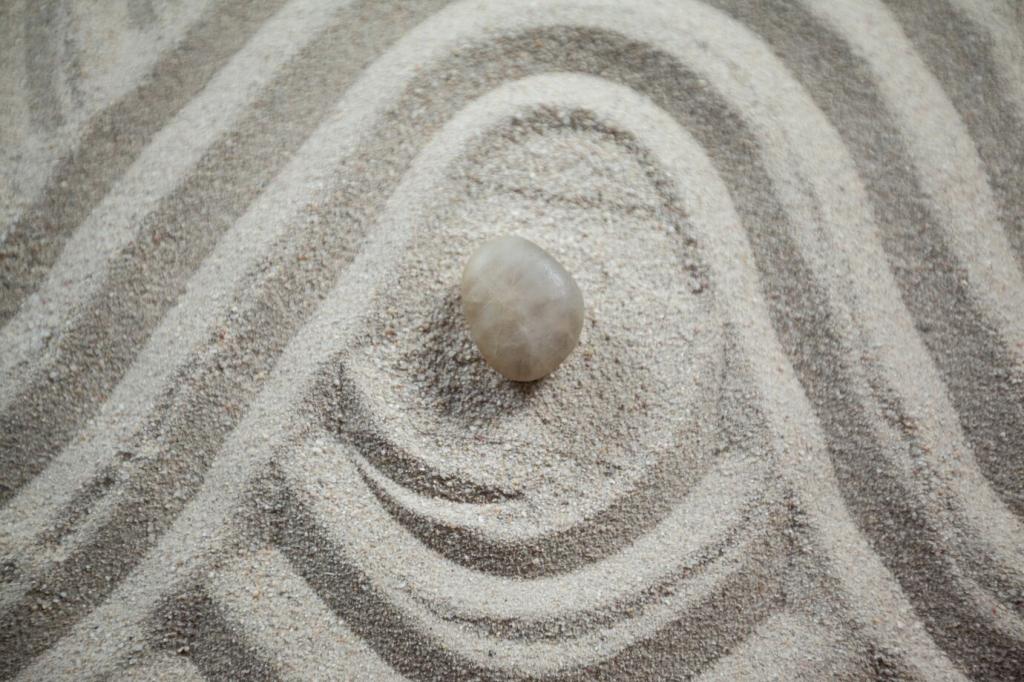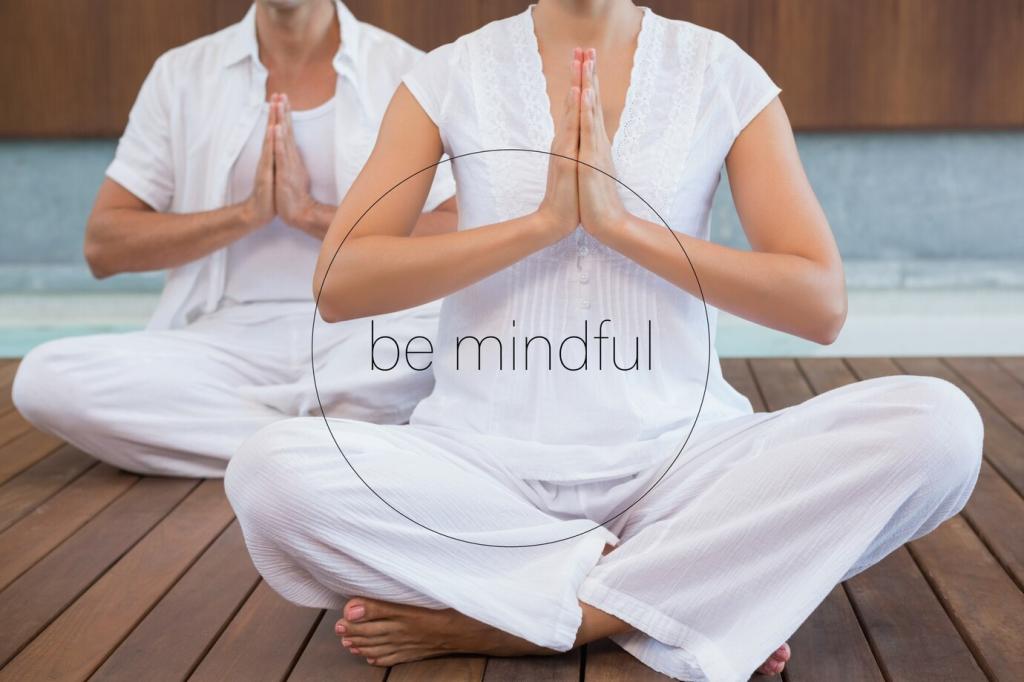
Design Tips: Using Art Therapy for Stress Relief at Home
Chosen theme: Design Tips: Using Art Therapy for Stress Relief at Home. Welcome to a calm, creative home—where color, texture, and gentle routines turn everyday spaces into stress-soothing sanctuaries. Explore approachable ideas, tiny rituals, and science-backed insights. Try a prompt today, share your results, and subscribe for fresh, heart-centering inspiration.

Create a Calming Creative Corner
Choose a spot with indirect daylight or a warm lamp to avoid glare and visual fatigue. Limit visual clutter by using a tray, basket, or foldable cart. When your eyes and nervous system feel safe, your hands relax—and creativity follows without pressure or perfectionism.
Create a Calming Creative Corner
Stock soothing, sensory-friendly supplies: thick paper, soft brushes, chunky crayons, silky pastels, and a small sketchbook. Tactile variation helps your brain regulate. Store items by sensation—smooth, scratchy, creamy—so your hands can pick what your body needs before your mind even finds the words.


Color Psychology for Everyday Peace
Lean into ocean blues, forest greens, and warm neutrals for a grounded base. Add small accents—sunset peach or sand—to keep things uplifting. Echo your palette across throw pillows, sketchbook covers, and washi tape so your art corner harmonizes with your room and invites daily practice.
Color Psychology for Everyday Peace
Create swatches labeled with calming intentions: “soothe,” “release,” “renew,” “steady.” When stress spikes, pull a card and make marks using that color family. The practice links a visual cue to a regulating action, and your body begins recognizing relief faster, session by gentle session.





Story Pages: Externalize Stress Through Visual Journaling
Write one word—“tight,” “rushed,” or “foggy”—then echo it with shapes that match the sensation. Spiky lines, heavy blocks, or misty smudges work. Date the page and mark the time. Grant yourself permission to fill only one small corner, proving that small effort can still change momentum.
Story Pages: Externalize Stress Through Visual Journaling
Layer pencil, watercolor, and collage to show movement from stormy to clearing. Let one layer dry, then soften edges with a pastel veil. Watching the page evolve mirrors your nervous system settling. You’re not fixing feelings; you’re witnessing them change, which is often all the relief needed.

This is the heading
Lorem ipsum dolor sit amet, consectetur adipiscing elit. Ut elit tellus, luctus nec ullamcorper mattis, pulvinar dapibus leo.

This is the heading
Lorem ipsum dolor sit amet, consectetur adipiscing elit. Ut elit tellus, luctus nec ullamcorper mattis, pulvinar dapibus leo.
Gather and respect materials
Collect fallen leaves, pebbles, and twigs on a mindful walk; avoid taking living or protected plants. Clean and dry finds before use. Once, a pebble mandala on our coffee table dissolved a brewing argument into quiet curiosity. Share your favorite found material and the memory it now carries.
Earthy palettes and natural light
Let ochres, moss greens, and river blues guide your palette. Paint near a window if possible; afternoon light softens edges beautifully. Use a beeswax candle for evening warmth, staying safe and attentive. A hint of cedar or bergamot scent can gently signal your brain that rest is arriving.
Seasonal art altar
Design a small shelf that changes with the seasons—pressed leaves, tiny watercolors, handwritten notes. This rotating display reminds your body that time moves, and feelings do too. Subscribe for seasonal checklists that pair natural elements with quick art prompts to refresh your setup each quarter.

Cortisol and the 45-minute effect
Studies indicate that around forty-five minutes of art-making can reduce cortisol for many people across ages and skill levels. Micro-sessions still help by interrupting stress cycles. Design your corner so starting feels easy: visible paper, uncapped markers, and a water jar already half-full and inviting.

Bilateral movement, bilateral calm
Try figure-eight doodles or alternating brushstrokes left to right. Cross-lateral motions can soothe the nervous system, echoing principles used in certain therapies. We’re not replacing therapy; we’re supporting daily regulation. As you draw, breathe evenly and notice shoulders dropping. Comment with your favorite bilateral pattern.

Measuring your baseline
Before you create, rate stress from one to ten. Repeat after five or ten minutes, then jot one sentence about what shifted. Patterns make motivation stick. Over time, adjust lighting, materials, and music based on data that is yours, embodied and real. Share your average change this month.
